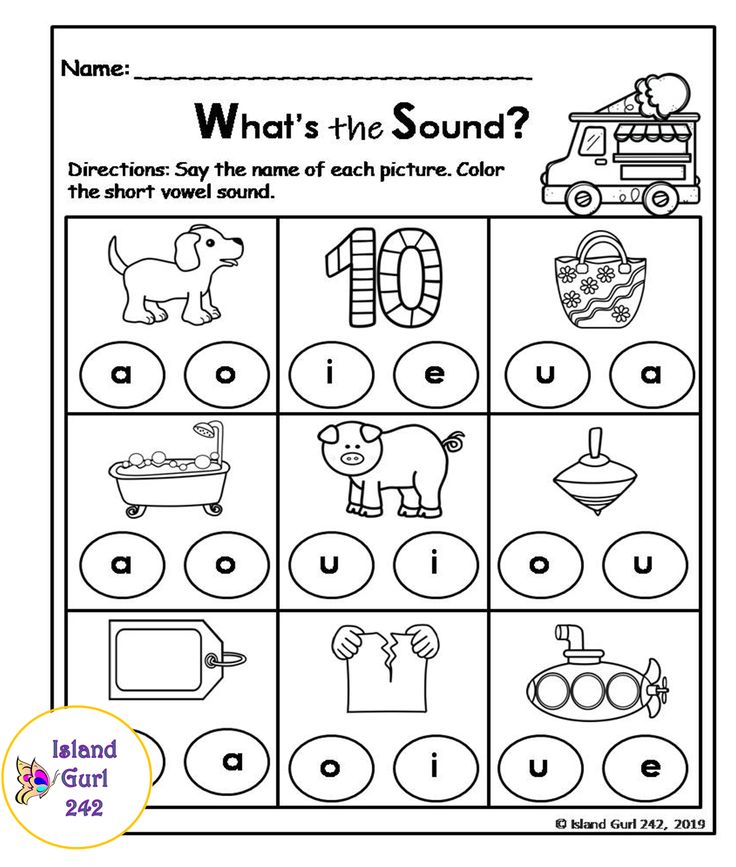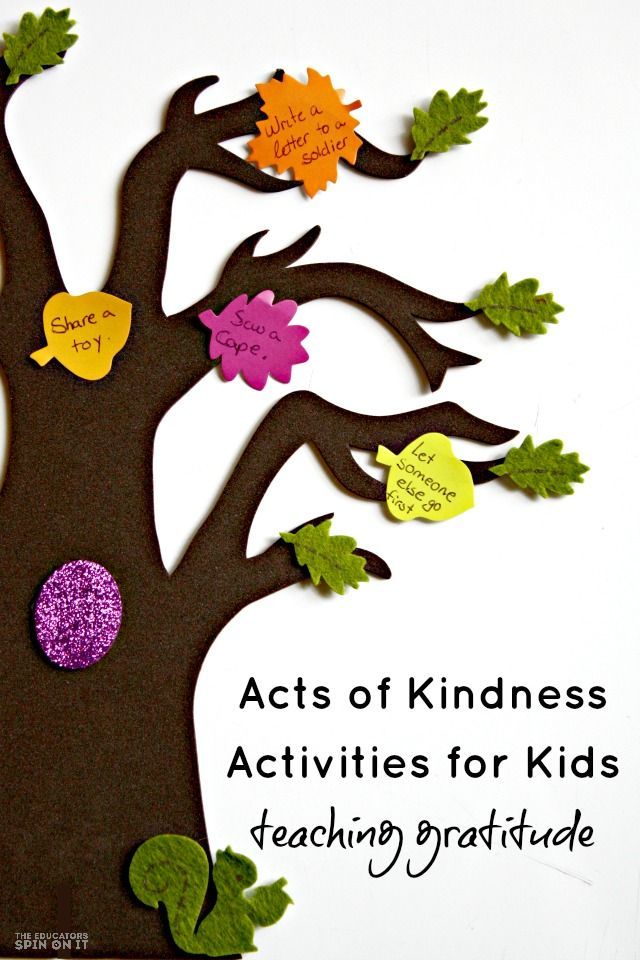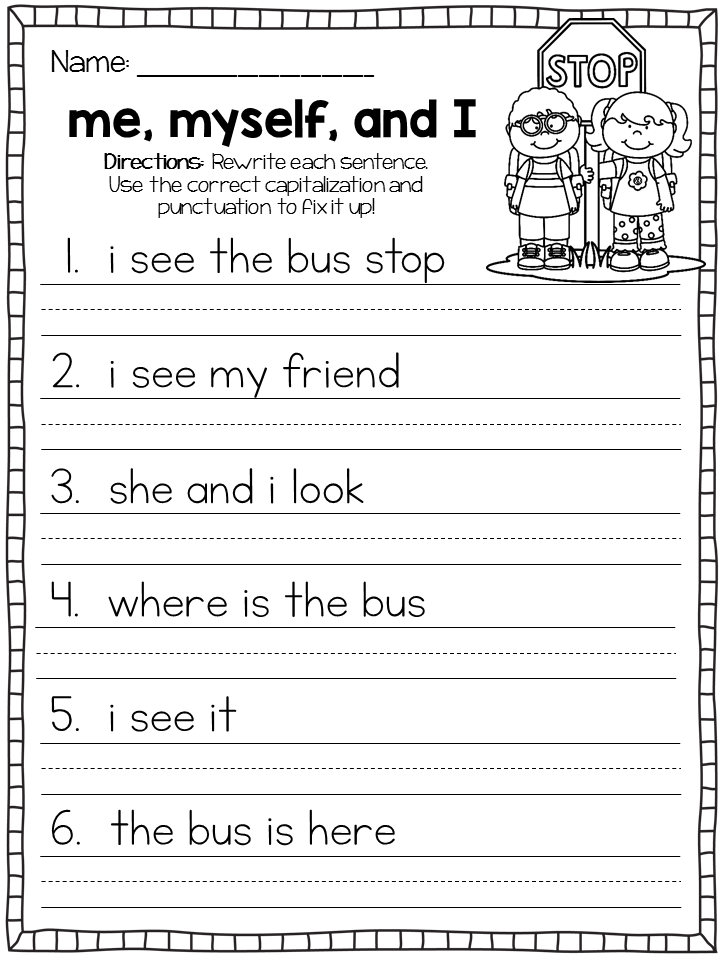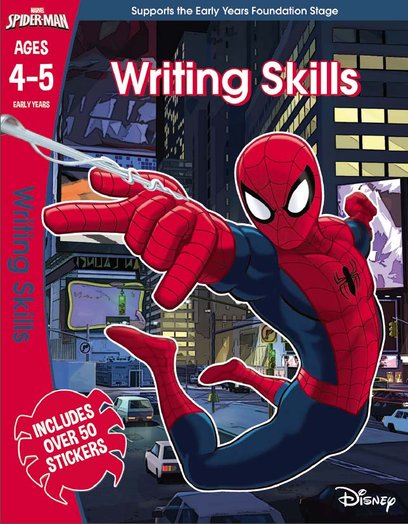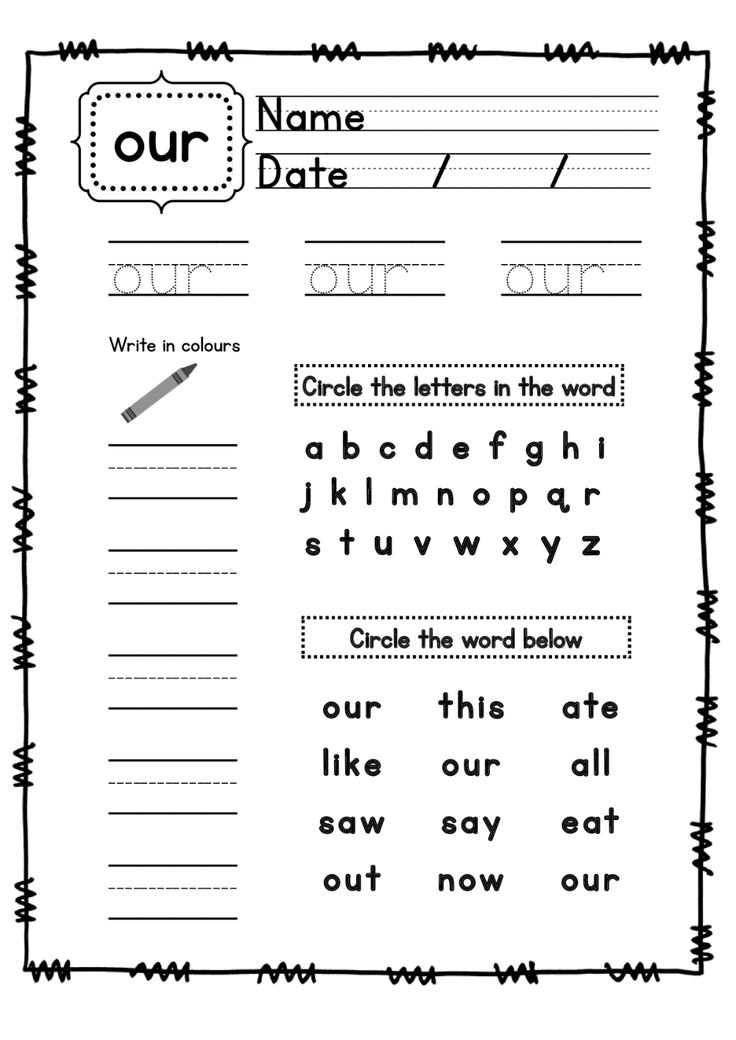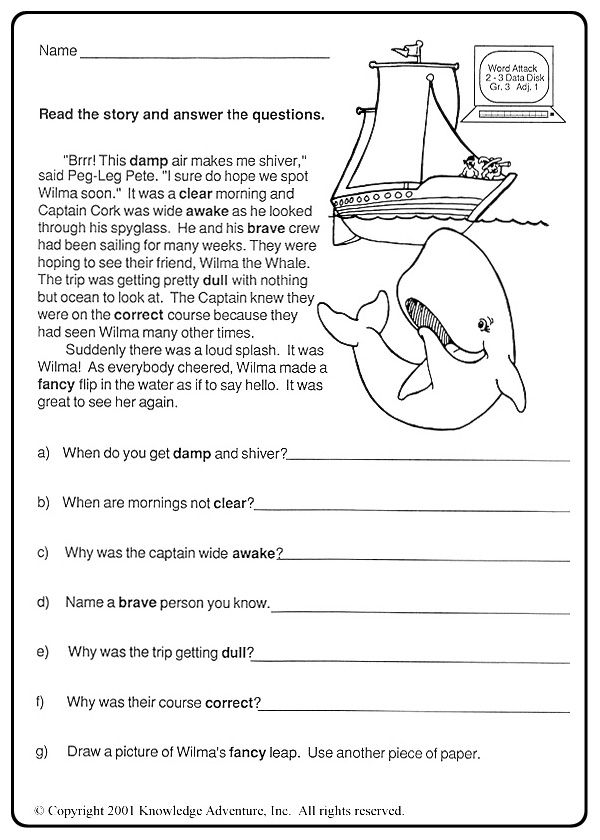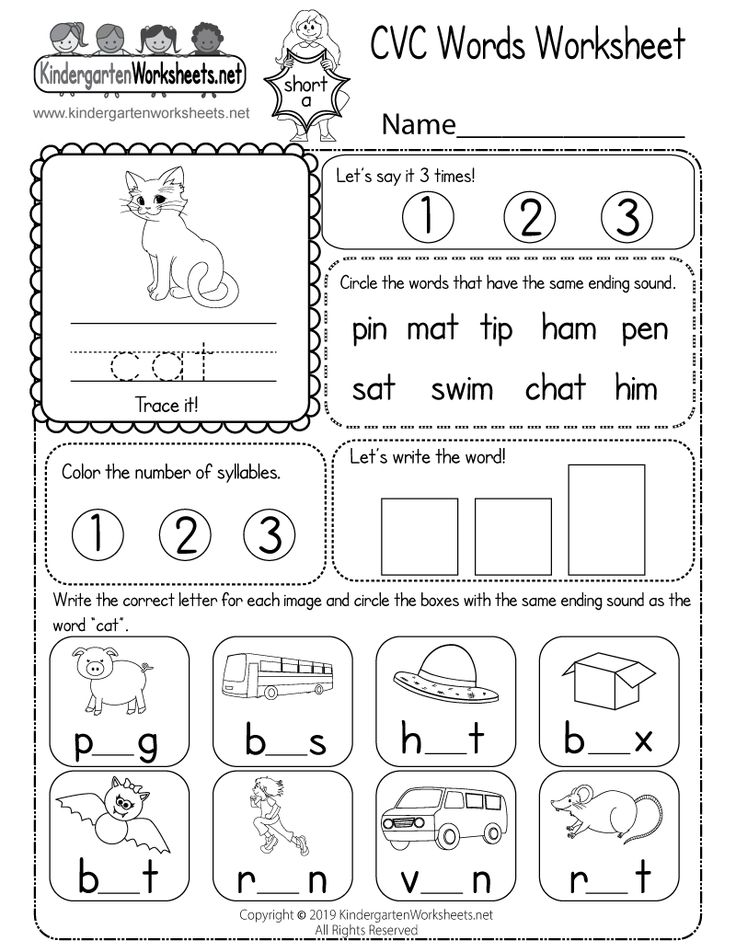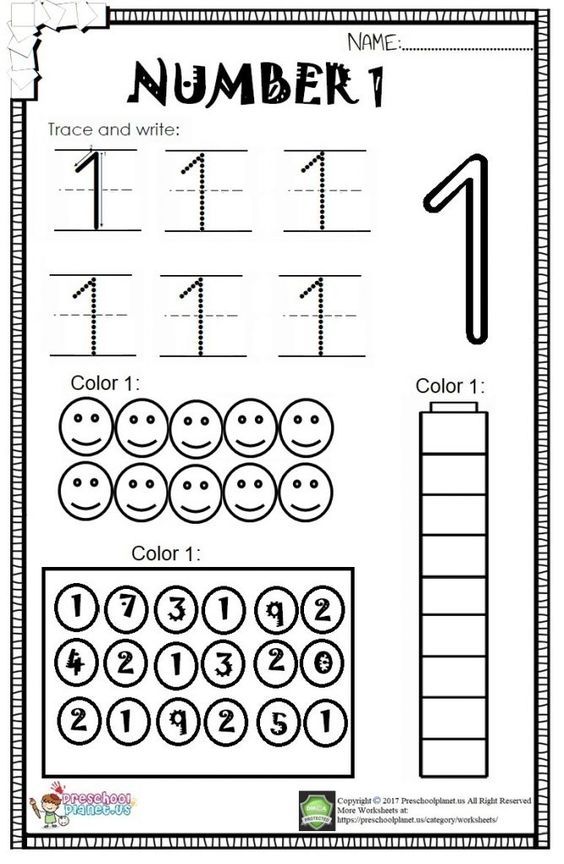Activities for vowel sounds
Fun and Quick Short Vowel Activities
Short vowel sounds tend to be fairly difficult for students to learn. They may have trouble distinguishing some of the sounds, such as ‘i' and ‘e.' This means they need lots of practice, using fun and quick short vowel activities for listening and also for reading.
When students start out with a weakness in the discrimination of vowel sounds, it follows that their spelling will suffer. And until they can master these sounds they will unfortunately struggle with reading across all grade levels.
Easy Short Vowel Activities
Teaching with visual and kinesthetic activities are effective ways to help your students with short vowels sounds.
Sand WritingPrepare this activity well in advance by starting a collection – a pack of paper plates is probably cheapest, but you can use anything you have spare – sand trays don't need to be pretty! Add salt or sand – colored sand is always great fun! Just pour some sand onto your chosen objects for each of your students.
Then say a short vowel sound, or a word containing that sound. Students can then write the letter in the sand while saying the sound and/or letter name. Another option for sand writing is to use the free Sand Draw app! Definitely less messy! Add magnetic letters for those students who still require some help with letter formation.
This simple but effective activity is a quick way for students to practice distinguishing short vowel sounds. You will need some picture cards. Have students work with no more than 2 or 3 sounds at a time. They can sort the pictures into columns or rows based on the vowel sound. They should then name each picture and say the vowel sound aloud.
Short Vowel Craft Stick ‘Puppets'These are super fun to make! Every classroom usually has loads of these lying around in boxes somewhere! Perfect for craft, but also perfect to make fun short vowel ‘puppets' – students just love them! If you don't have any, they can be bought cheaply from Amazon. I use the giant craft sticks, as these are less fiddly for little hands.
This pack of 500 is a great deal with a 43% discount (affiliate). The teacher should say a word, students repeat the word, identify the short vowel sound and hold the correct ‘puppet' aloft. Begin by asking them to say the sound as they hold up their puppets, but this could also be extended to the letter name and sound. Example: A says /a/
I use the giant craft sticks, as these are less fiddly for little hands.
This pack of 500 is a great deal with a 43% discount (affiliate). The teacher should say a word, students repeat the word, identify the short vowel sound and hold the correct ‘puppet' aloft. Begin by asking them to say the sound as they hold up their puppets, but this could also be extended to the letter name and sound. Example: A says /a/
When completing these sorts of activities, students can often appear to be successful, but it is important to remember that the real test comes when they actually begin to apply their learning in the context of reading ‘real' texts. However, many students may require a transition stage, where they practice fluency first. Fluency strips are the perfect solution! They read a strip full of words, where the short vowel changes with each word. Students are required to pay very close attention to the changes.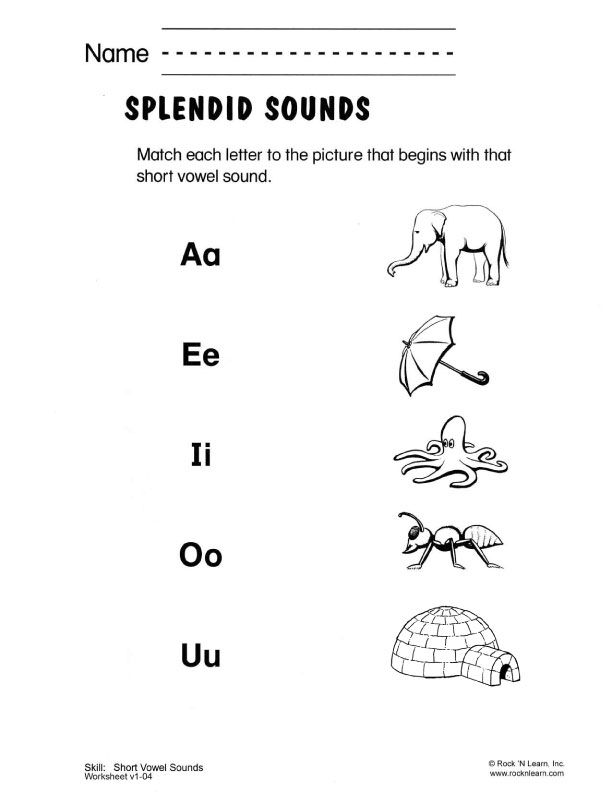 This type of activity is great for transitioning to ‘real text'. They are also useful in small group work, where students can demonstrate the progress they are making with accuracy and pace.
This type of activity is great for transitioning to ‘real text'. They are also useful in small group work, where students can demonstrate the progress they are making with accuracy and pace.
extension game
Short ChunksUse letter cards or magnetic letters to make word chunks with the vowel sounds. For example, you can chunk ‘a' and ‘m' together to make -am. Then brainstorm to make as many words as you can out of that chunk, such as ‘ham' or ‘ram.' There are so many variations of short chunks in this activity that you may want to do a quick 5 minutes in the morning or before dismissal. I have also completed this activity in teams, with a timer – rewards for winners should be made clear beforehand!
Incorporating CVC practice all year long, in as many ways as possible, will set your students on the road to being good readers. How do you practice short vowel sounds?
you may also be interested in reading:
- Fun Ways To Teach CVC Words
- Ideas for Teaching Digraphs
cvc resources you may wish to explore:
CVC Words Cut and Glue Worksheets | Short Vowels | Word Families
CVC Words | Small Group or Center Activities | Real and Nonsense Words
CVC Words Class Games | Bingo | Write The Room | Follow Me
CVC Words Center | Write and Wipe Cards | Word Work Activity
CVC Words Family Houses
CVC Words Family Houses Activity Worksheets
CVC Words | Word Families | Worksheets Games and Center Activities | BUNDLE
8 Simple and Fun Short Vowel Sound Activities for all Ages
Want to lessen the anxiety that comes with pronunciation-focused classes and get students excited to learn?
Here are eight simple and fun short vowel sound activities you can use to teach students of any age or level:
1.
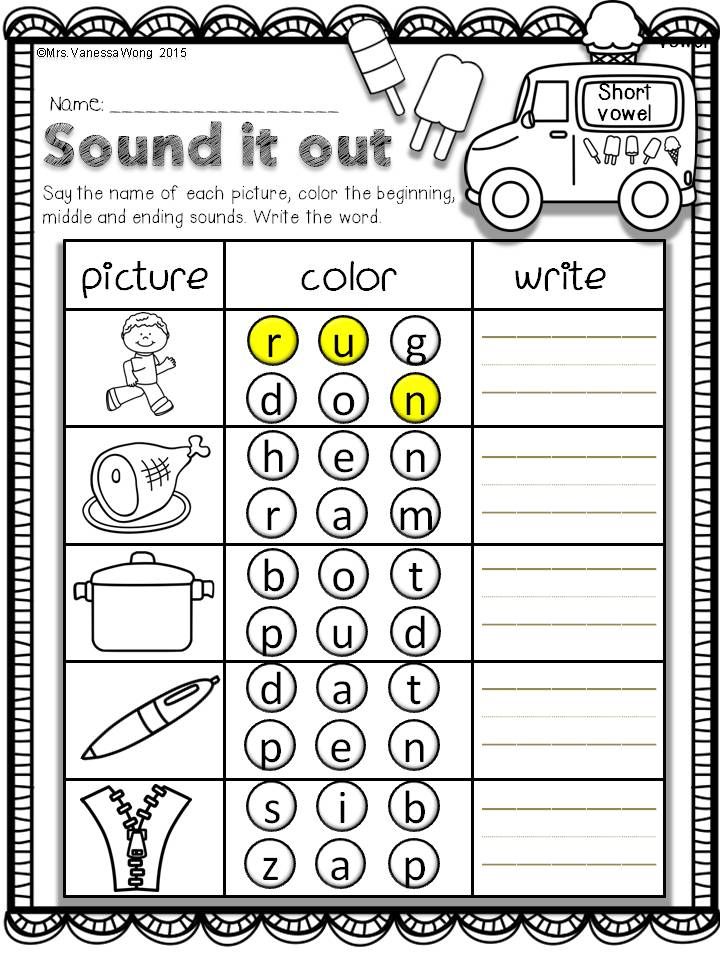 Pronunciation Maze
Pronunciation MazeBest suited for children.
You’ll need to prepare a worksheet filled with words in a maze layout for this activity. Students have to make their way through the word maze by finding words with the same vowel sounds.
It goes without saying that you should tailor the maze to their English level. Some students may find it too easy, and that’s fine. The focus of the activity is making the students aware of the vowel sounds, getting them to use them, and helping them hear the difference between similar sounds, like “bit” and “beat,” for example.
Pronunciation mazes work well because they help students notice patterns, like words with “ea” sounding the same.
Here’s a maze for the short “u” sound
Here’s a maze for the “oo” sound, as in “book.”
Here’s a maze for the “o,” “ou,” and “u” sounds.
Looking for a helpful resource for teaching short vowel sounds effectively? Check out the Creativa course Mastering North American Pronunciation.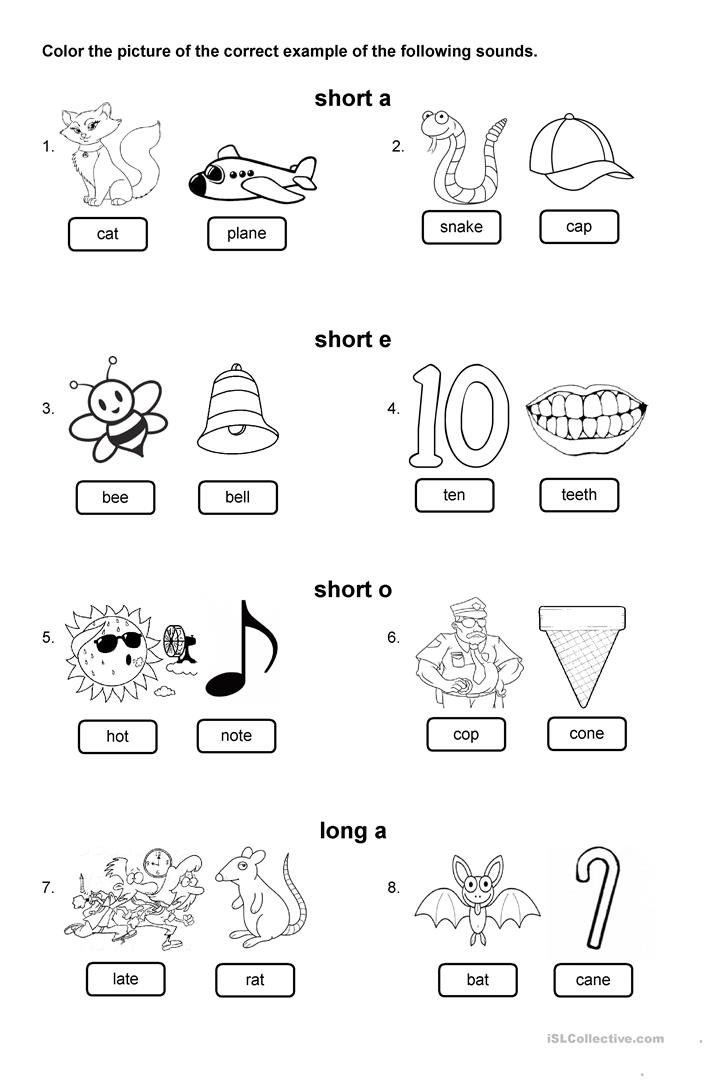 Our team has carefully designed the course with high-quality, engaging videos that dive deep into every area of English pronunciation so learners can speak fluently sooner.
Our team has carefully designed the course with high-quality, engaging videos that dive deep into every area of English pronunciation so learners can speak fluently sooner.
Don’t miss the video episode on short vowel sounds that features real-life examples and tips you won’t find in coursebooks! Check out this free video from the course and get started today.
2. Shadow Reading
Suitable for any age and level.
Shadowing, or shadow reading, is a technique where you repeat an audio or video just after hearing it. You’re acting like an “echo” or a “shadow” (hence the name). Students listen to the words and then say them back out loud, focusing on the correct pronunciation of the sounds rather than vocabulary.
There are two ways you can use the shadow reading exercise:
- With an audio or video clip.
- With a text, like material from your coursebook, if you use one.
There are a few obvious benefits to shadow reading or shadowing:
- Students can do it on their own.
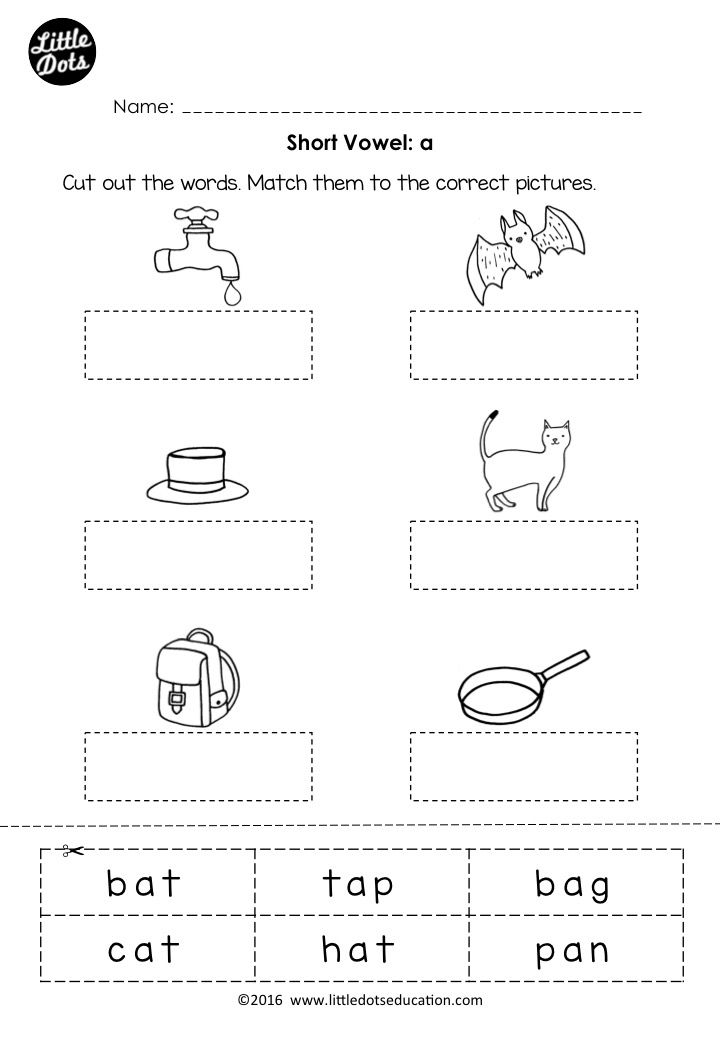
- It takes only about 15 minutes.
- It improves listening, prosody, and intonation.
- It’s often free– no need to print materials, etc. Just access to audio, videos, or an existing text.
Steps for shadowing:
- Find a suitable audio clip or video for your student’s level. You can use Youtube, Netflix, and even podcasts for English learners.
- The student listens once for context. It undoubtedly helps when the student understands the context of an audio or video before repeating the dialog. Get them to listen once, so you’re sure they understand the context and all the essential vocabulary.
- The student shadows the audio/video with a transcript. Speaking along while reading a transcript helps the student better understand the context and gives them the chance to review any vocabulary they don’t understand.
- The student shadows without a transcript.
 Depending on your student’s level, they may benefit from shadowing the audio/video without a transcript. While understanding all the vocabulary has its benefits, the focus here is on listening and imitating the sounds.
Depending on your student’s level, they may benefit from shadowing the audio/video without a transcript. While understanding all the vocabulary has its benefits, the focus here is on listening and imitating the sounds.
3. Fill in the Blanks
Better suited for children or beginner adults.
Fill in the blanks is perhaps one of the easiest and most effective activities for younger students. Everyone loves learning from images, and there’s a wealth of worksheets available online.
Prepare some easily recognizable images of things that have short vowel sounds. The words don’t have to be only three letters, but they must be suitable for the level of your students.
Create sentences with the short vowels blanked out that the students can easily guess with context, using the image. Be sure to put blanks in each short vowel so they can count the sounds.
After they’ve written their phrases, they can compare in pairs or groups and read aloud to practice the sounds.
Some phrases you could use:
- My pig is in the mud.
- The dog is on my bed.
- I go to the park in a car.
- The sun is very hot.
- The frog is on the log.
4. Minimal Pairs Bingo
Suitable for children or adults.
Minimal pairs bingo is an excellent activity for all ages and levels because you can easily adjust the words you use to suit your students.
For this activity, you’ll focus on two similar short vowel sounds using a bingo-style card of 25 squares. Before starting, tell each student to put each word in any square of the card.
Once they’ve done that:
- Ask one student to pick a word from a hat (you’ll have to cut them up beforehand) and read it to the class.
- The students should then cross out that word on their cards.
- Continue until a student has crossed out a complete row of 5 consecutive squares (vertically, horizontally, or diagonally).
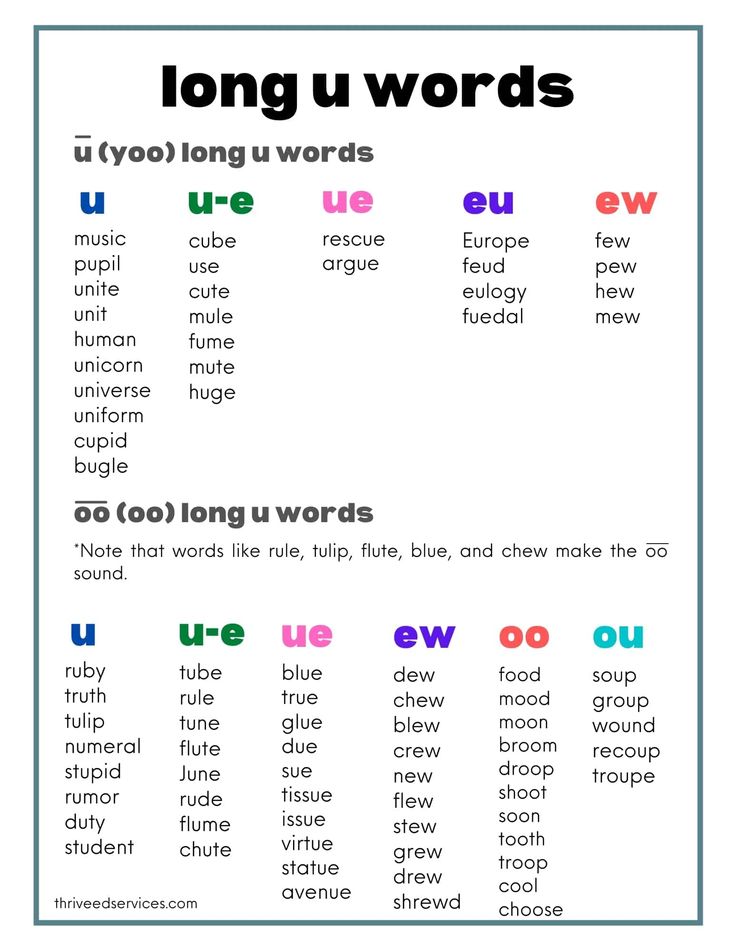 The winner has to yell “bingo!”
The winner has to yell “bingo!” - After a student gets bingo, they should read back the words out loud for pronunciation practice.
You should keep track of the words you draw to check the winner’s card at the end.
5. Dictation
All ages and levels.
Spelling should improve as well as pronunciation when learning short vowels. Dictation serves to make that happen, and it’s easily adjusted to all ages and levels.
You can make standard dictation more exciting by putting students into groups or even making it a little more competitive with a time limit or something similar, which can also work well for a single student.
- Give everyone a piece of paper or mini whiteboard.
- Dictate words at a steady pace, repeating each once.
- Check all words and correct spelling where necessary.
- Dictate another round of new words slightly faster without repeating.

- Try moving onto sentences if they find it too easy.
6. Scrabble-style Phonics Game
Better suited beginners and young learners.
Memorizing pronunciation rules is usually challenging for most students learning short vowel sounds, but putting what they’ve learned into practice can be even more difficult.
This scrabble-style phonic game is a hit among beginner and young ESL students. Teachers present a short vowel sound, and students have the chance to get creative with the words they come up with.
- Give your students their sheet of letters. You can even design your own but make sure to exclude vowels.
- Give them a vowel (or more if you want to do bigger words).
- Student draws two or more letters and dictates the words they make. Then you list which words are real vs. not real.
- Students get the points for the corresponding letters.
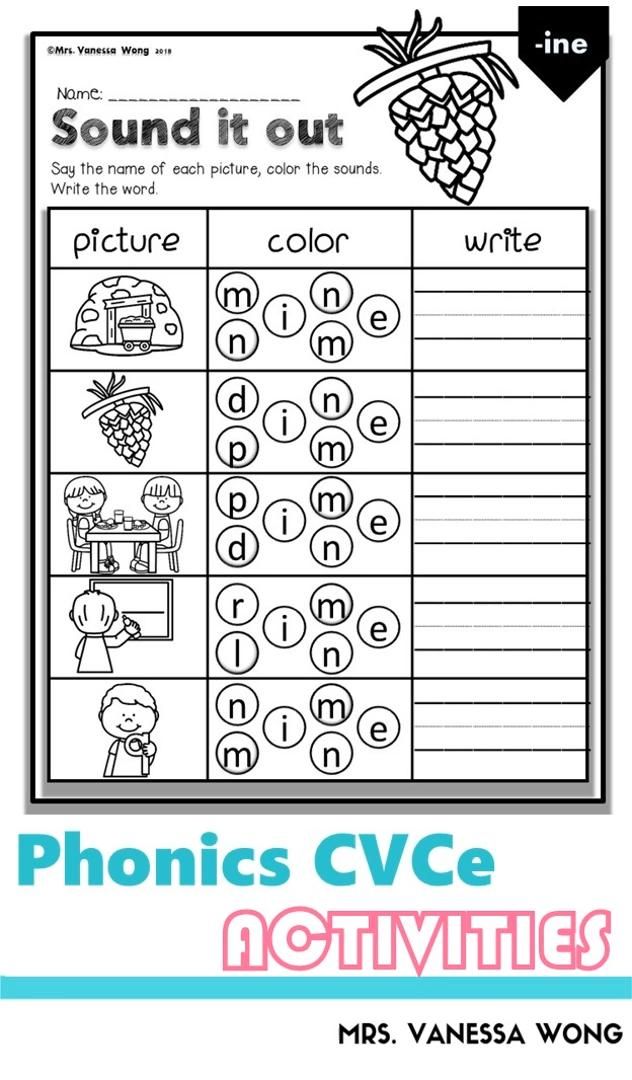 The point system is often an encouragement.
The point system is often an encouragement.
7. CVC Dice Game (consonant-vowel-consonant)
Children or adults of beginner level (A1/A2).
You can use real dice with a chart of vowels or print a premade set for this activity. Similar to the scrabble-style activity, the focus here is on the student using the short vowel sounds, not vocabulary.
There are two ways you can approach this activity:
- Using real dice with a corresponding chart of vowels.
- With a premade set of consonant and vowel dice.
With Real Dice
- Set a vowel for each face of the dice
- Give the students two consonants
- Students roll the dice (two if you want bigger words)
- They create as many CVC words as they can and say them out loud at the end
Premade Consonant Dice
You can adjust this for more advanced students by allowing them to create bigger words using the two consonants, as long as they follow the CVC format.
- Students continuously roll the dice (for a predetermined amount of time) and write down all the words they create.
- The students read their words out loud at the end while you note which aren’t real words.
Beginners may make some silly words, but that’s fine; the importance is that they use the short vowel sound out loud.
8. Read Dr. Seuss
Better suited for children, but some adults of beginner/intermediate levels may enjoy it.
Who hasn’t read Dr. Seuss and loved the rhymes and illustrations? The books are designed to teach kids the simplest way possible, so the catchy and memorable rhymes are perfect for helping students practice and remember vowel sounds.
These three Dr. Seuss books are considered the best for learning vowel pronunciation:
- Oh Say Can You Say
- Fox in Socks
- Hop on Pop
Remember to bring attention to, or mark, the words with short vowel sounds so the students can write them down and practice them.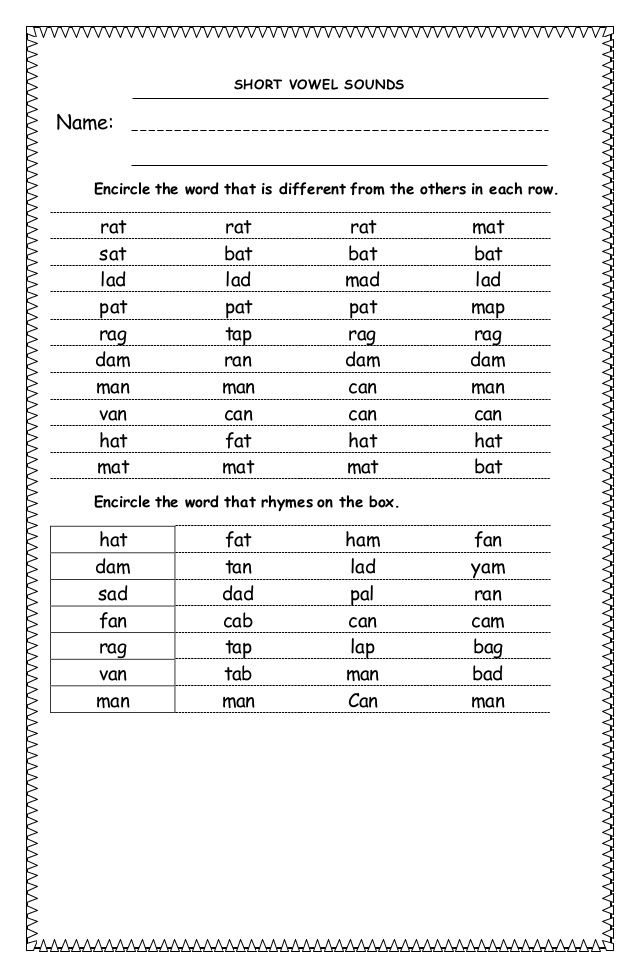
Conclusion
You can easily adjust all these activities to suit online and one-on-one classes, no matter your teaching style, so there’s something here for everyone.
Students will gain confidence with time and a few different activities and soon look forward to pronunciation-focused classes without nerves or overthinking!
The proof of the progress is in the pronunciation, and our free worksheets are an excellent way to get students to practice at home and solidify what you’ve taught them in class.
Vowel exercises
An exercise 1.
Find the right one the sound of vowels, pronouncing them in following order: IEAOY. At exercise carefully correct installation of the speech apparatus for each vowel, take your time.
An exercise 2.
Train the correct sound of each vowel in combined with other vowels:
AI EI OI UI YI
AE EA OE UE UE
JSC EO OA UA NA
AU EU OU UO IO
AY EY OY YY YU
Every sound combination repeat three times:
AI - AI - AI EI - EI - EI OI - OI - OI
AE - AE - AE EA - EA - EA OE - OE - OE
AO - AO - AO EO - EO - EO OA - OA - OA
AU - AU - AU EU - EU - EU OU - OU - OU
AY - AY - AY EY - EY - EY OY - OY - OY
An exercise 3.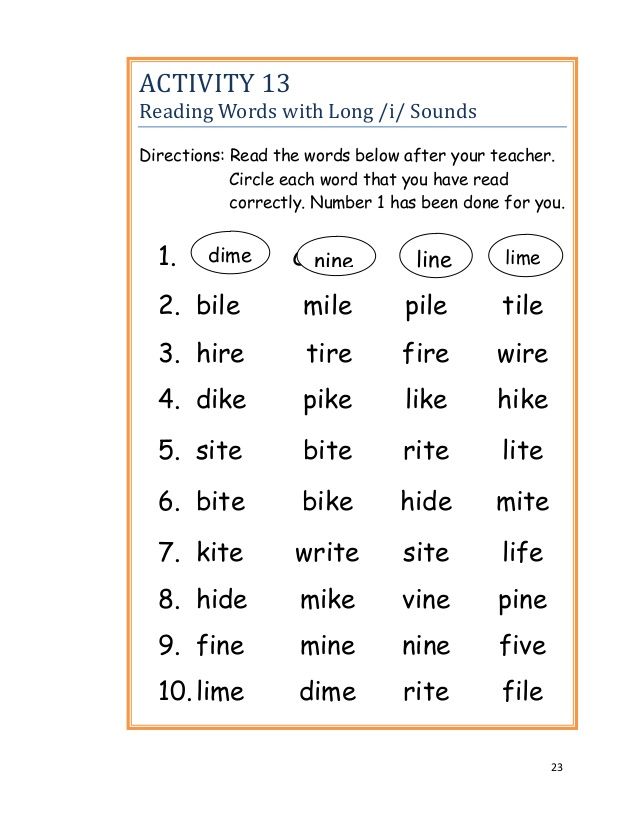
Train iotated vowels: E, I, E, Yu the way indicated in exercise 2.
EY YAE EE YUE
HER YAYO YOYA YUYA
YOY YOY YOYU YOYO
HER - HER - HER IA – YAYO – YAYO HER – HER – HER
HER - HER - HER ME – YOYO – YOYO YOYA – YOYA – YOYA
EYE - EYE - EYE YU – YOYU – YAYU YOYU – YOYU – YOYU
YUYA - YYYA - YYYA
UE - UE - UE
Yuyo - Yuyo - Yuyo
An exercise 4.
Practice vowels in the following combinations:
EE AY OYO OUYU
EE YA YO YuU
An exercise 5.
Train the correct sounding of vowels in the proposed below words, proverbs, prose phrases and stanzas. Pick up the words and phrases themselves into vowel sounds, learn how to pronounce them correctly.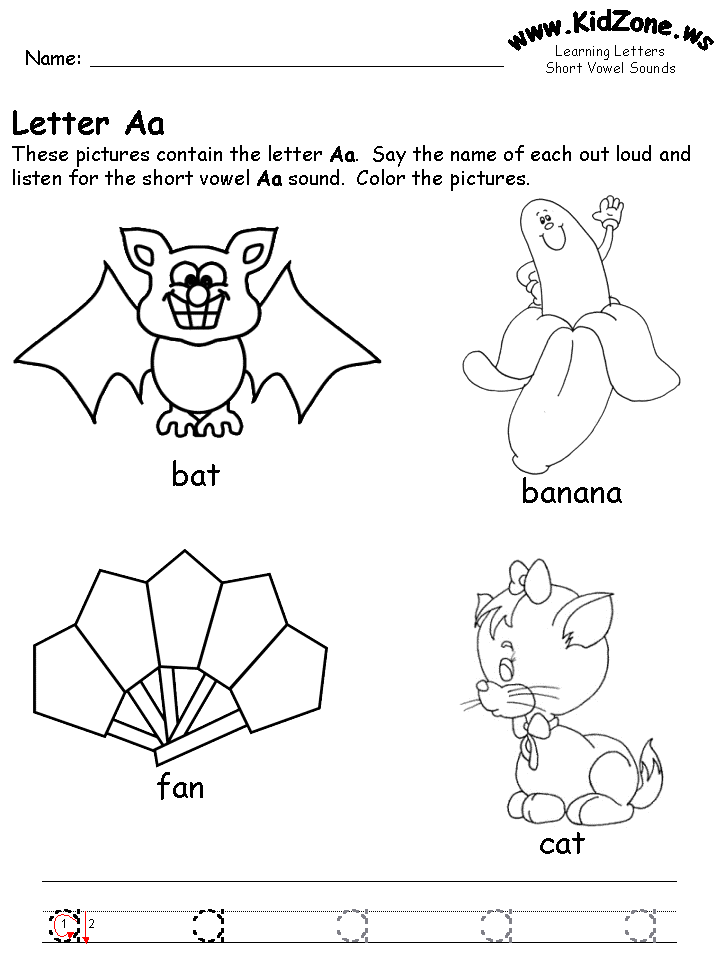 Watch not only for the accuracy of diction, but also for the correct pronunciation.
Watch not only for the accuracy of diction, but also for the correct pronunciation.
Sounds a, z.
BROTHERHOOD ARFA YARUS
EQUALITY EYES PIT
HAPPINESS HARVEST BURYAN
MOSCOW TRACTOR BAYAN
COURAGE MOISTURE FAMILY
No labor - no of good.
My country is wide native.
Spring came, spring is red.
Where the pine has grown - it's red there.
Not a piece of bread so is longing in the tower.
The proverb is rude true love.
Don't be ashamed to be silent when there is nothing to say.
The forehead is like a shovel, eh mind is not rich.
Oh you, the Volga River, wide, deep.
Our river is wide like Oka. How? How wide is our river Oka? So, like the Oka, our river is wide.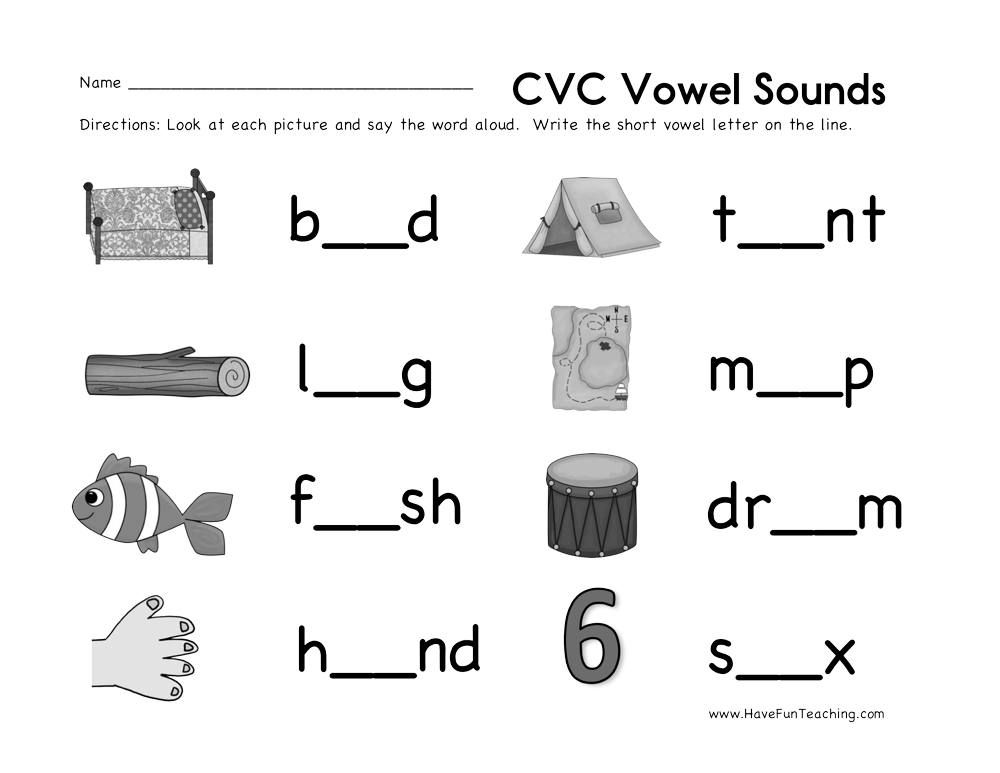
Our Filat does not exist guilty, Filat's mother is to blame.
Play it, play it, yeah know business.
Brevity is a sister talent.
April with water May with grass.
Don't chat randomly put the words in order.
Sounds oh, yo.
FREEDOM Hedgehog
WILL Yolka
DON SHOOTING
DOMNA DRINKING
HEAT UNDERWEAR
ROAD ROAD
SNOW DRIVE LIFT
What is the fiber so is the canvas.
The word is tin.
The years have flown by spring waters.
With whom bread and salt you drive, you look like that.
In the winter cold everyone is young.
Not knowing the ford don't go into the water.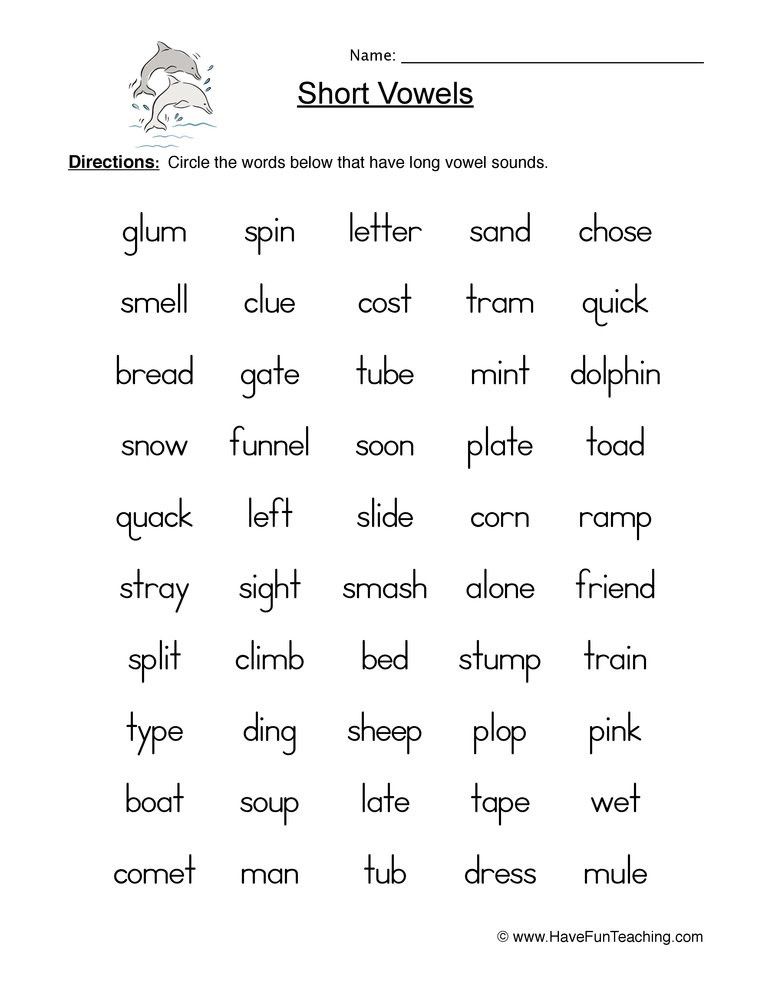
On a sharp scythe lots of hay.
Red field of millet, and speech is the mind.
immature mind, that spring ice.
Lies on cockroaches legs: that and look will break.
Behind your tongue you won't be able to run.
skinny horse and the tail is heavy.
Not that expensive red gold, otherwise it’s expensive, what good skill.
When the sun is light good at home.
Proverb - flower, proverb - berry.
The proverb is not for nothing says.
The truth is more expensive gold, who is a mountain for the truth, he is a hero.
Vowels. Vowel distribution. Ruin. Pronunciation.
Lesson 2: Vowels. Vowel distribution. Ruin. Pronunciation.
Vowels from an articulatory point of view are characterized by tension and vibration of the vocal cords and free passage through mouth cavity outward, from an acoustic point of view, a relatively narrow band of each of the formants and a slight attenuation (vowels almost pure tones), from a functional point of view, they are characterized by a syllable function (vowels become a sonorant center syllable).
The quality of vowel sounds depends on the position of the tongue, which, rising, divides the oral cavity into two resonator cavities, corresponding to the first two formants of vowels (labialization - the first of these two resonator cavities is lengthened).
When articulating low vowels, the lower jaw is lowered more than when pronouncing middle and high vowels.
The characterization of vowel articulation must also be supplemented with data on the work of the lips. The substressed vowels [y] and [o] are pronounced with a strong labialization in almost all positions. Especially strong after labials, for example, in the word work, and after labial consonants |in| - |f|, for example: Vóva, form.
System of vowel phonemes
There are 10 monophthong vowel phonemes in Czech:| i |, | e |, | a |, | o |, u | and their long variants, to which adjoin 3 diphthongic phonemes: | eu |, | au |, | ou |.
Positional variants of individual Czech phonemes are very close to each other, the difference between |a| under stress and without stress is negligible.
Some linguists (for example, Shcherba, Matusevich, Gvozdev, etc.) believe that the Russian language has six vowel phonemes: |a|, |e|, |o|,|y|, |u|,|s|. They consider |and| and |s| two different phonemes. But other linguists (for example, Reformatsky, Panov, Romportl etc.) consider |and| and |s| allophones of one phoneme, which depend only on the softness or hardness of the previous consonant. We we will consider them different, i.e. in Russian there are 6 main vowel phonemes.
Positional variants (allophones) of Russian vowel phonemes are very diverse. Depending on the place of stress and the degree of reduction, on the one hand, and the hardness-softness of the previous and following consonant, on the other hand, the implementation of vowels changes significantly phonemes of RY. This follows from the strength of Russian dynamic stress and from significant accommodation (adjustment of vowels to consonants). The influence of neighboring consonants on vowels in PR is very strong. Vowels move strongly forward after soft consonants and move back back after hard consonants. This applies not only to the phoneme | and |, but to all vowels: all have soft and hard variants.
This follows from the strength of Russian dynamic stress and from significant accommodation (adjustment of vowels to consonants). The influence of neighboring consonants on vowels in PR is very strong. Vowels move strongly forward after soft consonants and move back back after hard consonants. This applies not only to the phoneme | and |, but to all vowels: all have soft and hard variants.
General difficulties in setting Russian vowels
When mastering the pronunciation of Russian vowels by Czechs, three main types of difficulties are noted:
-
vowel labialization difficulties
-
Difficulties arising from assimilation of vowels to neighboring soft or hard consonants
-
Difficulties related to dynamics and rhythm.
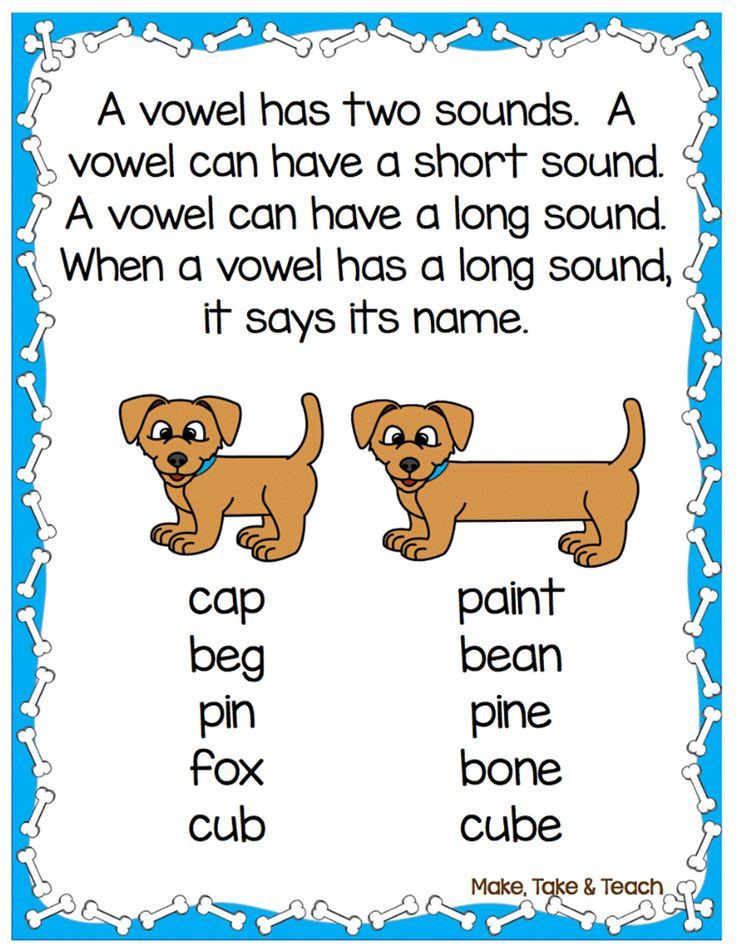
Exercise
Exercise 2.1
Read, pay attention to the pronunciation [a], [o], [y], [e] under stress, at the beginning of a word, after hard consonants and after vowels
[a]: a, yes, like, class, so, fact, sign, composition, signal, right, different, vowel, knowledge, consonant, longitude, mother, dialogue, radiator, paper, hour s , sentry, often, sorrel.
[o]: oh he, syllable, who, what, gender, word, form, air, radio, battalion, stiff, Chop, lesson, question, what, what, number, face, letter, metro, cocoon, chocolate, short.
[y]: y, letter, group, learned and k, udav, verbally, lips, forelock, pike, joke, around, science, structure, culture, figure, sculpture, man, kurka, hand, muk spider, pout and on.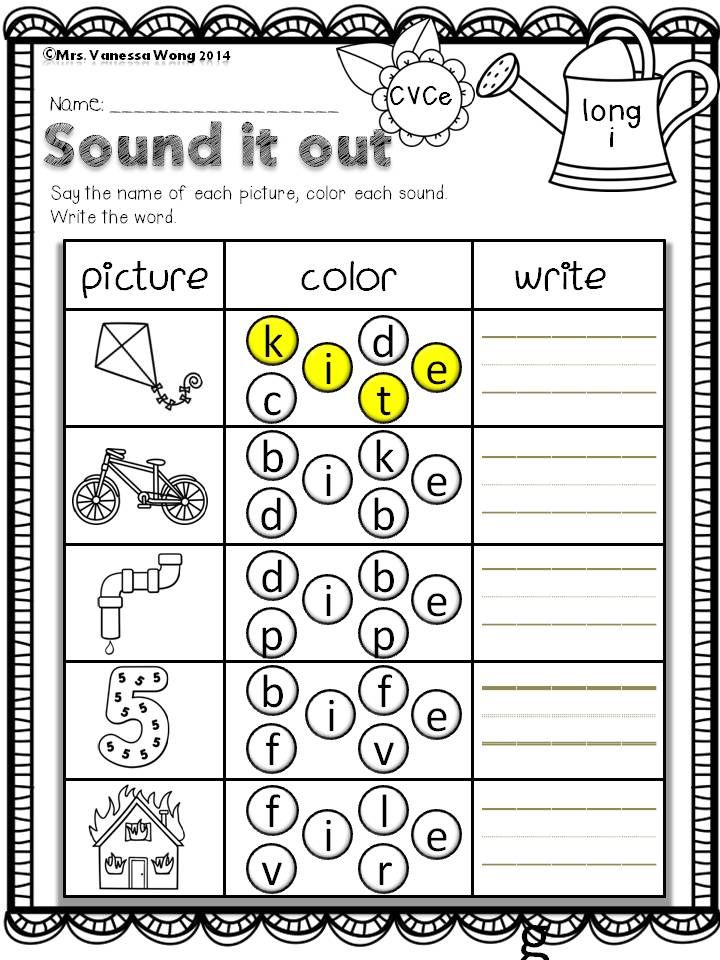
[e]: this, this, this, floor, crew, mayor, sir, city hall, poet, poem, poet international.
Exercise 2.2
Confrontation [and] and [s], read, write as a dictation zab and t - zab s t, bill - true story, M and la - m s la, mi - we, m and scale - m s scale, view - in s water, type - you, style - joint, water and - water s , court - Court of s , COST and - COST s , with and LA - cheese, gift and - gift s , mountains and s , PARS , PARS , PARS , PARS , PARS , PAR Crimea.
Exercise 2.3
Vowels [i], [e], [e], [yu] and [i] at the beginning of a word, after vowels and after soft and hard signs - read, pay attention pronunciation
[i]: i, i ma, i , i blocko, Japan, mo i , your i , seven i , with announcing and announcing I tiya, occupation i tiya, i sleeping, yaz s k, red, weekly, Tat i on, i turf, drinking i healthy.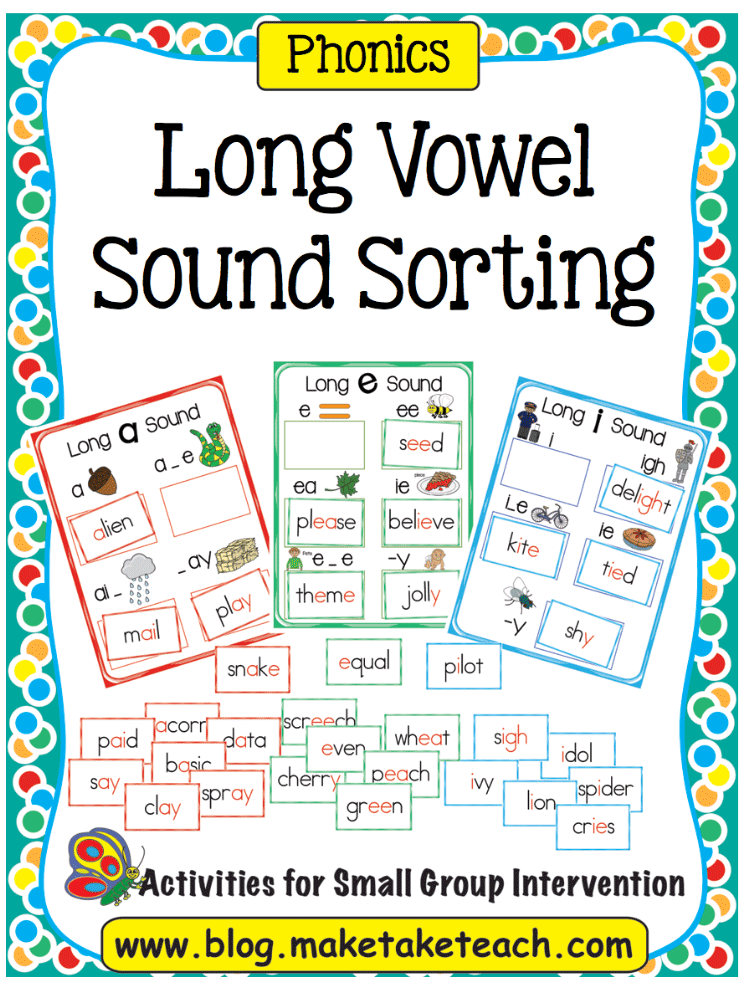
[e]: Eva, éhat, édit, Elena, Europe, enter, exit, Fri and whose, health, happiness, from and her, green, vowels, stress, meaning, division, knowledge, action, decision.
[ё]: hedgehog, tree, yours, mine, reception, volume, we will break, we will beat, we will sew, we will water.
[Yu]: South, U Zhny, Yu BKA, SO U , NOVA, Kill U , Set Yu , from and Nyu, Kr A SEGELYASHYASHEYA.
[i]: mo and , tvo and , svo and , Ra and sa, A and yes, Zina and yes, the least, that and are natural.
Exercise 2.4
COME in transcriptions
LAMPA, BOMAGA, SMA, STRISS, CARK and On, Order, Sticking, Karandang, Garrovka, Kanagl, Podokonnik, Milk, Solov, Samokhof, Under the Station, Khokhot, Khokhot, Co.